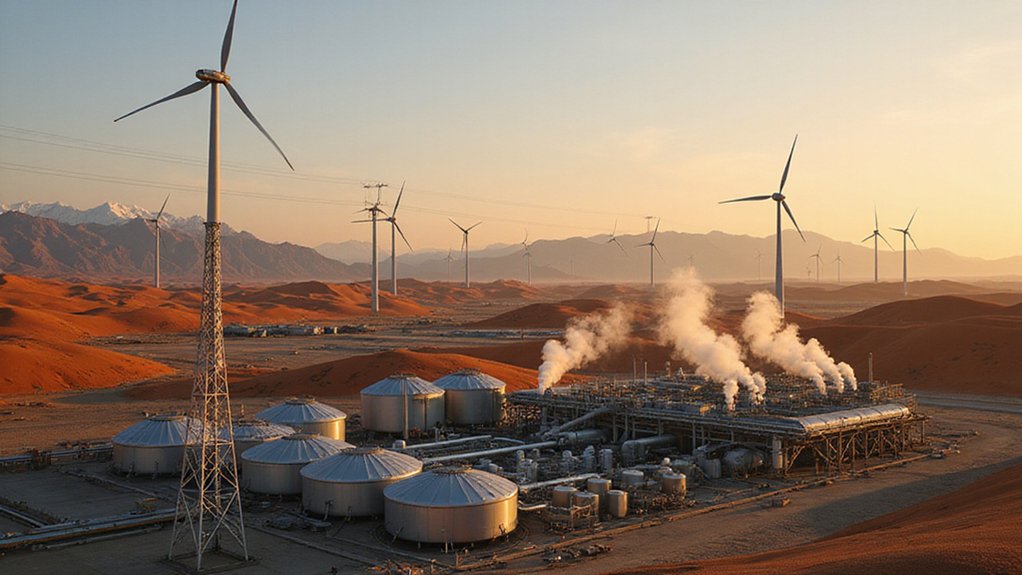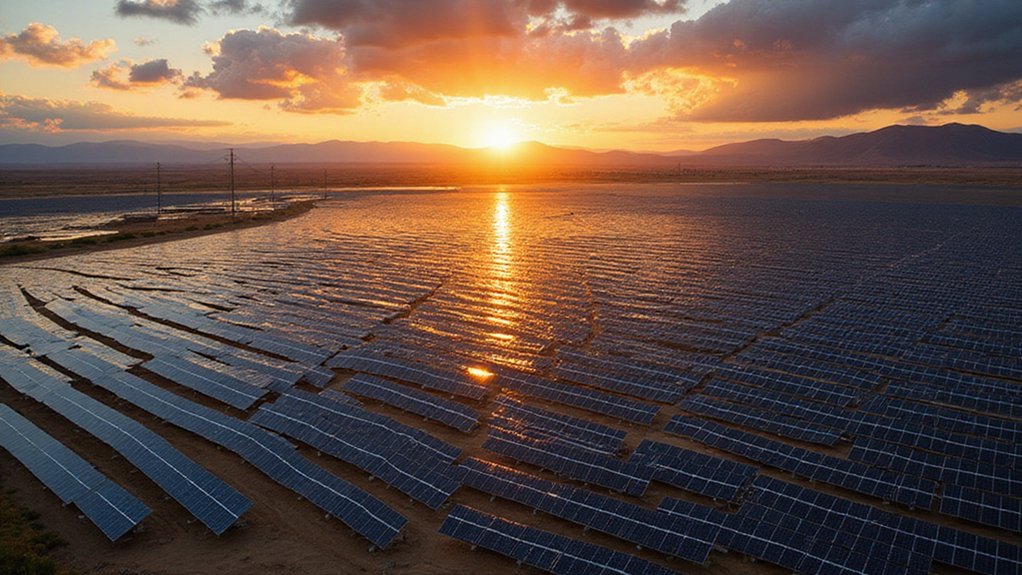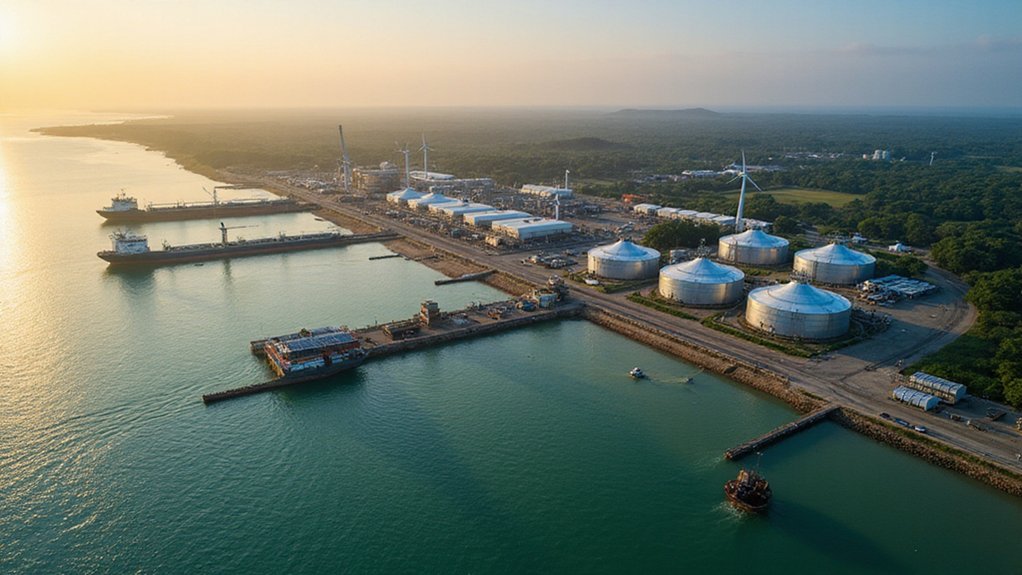China’s Xinjiang region is betting big on wind power to fuel its hydrogen ambitions. The government has committed $2 billion to harness the area’s strong winds for clean energy production. This investment comes as China seeks to reduce carbon emissions and decrease reliance on imported fuels. Wind farms in Xinjiang often produce more electricity than the grid can handle. Converting this excess power to hydrogen could solve this problem while creating a valuable energy resource.
How rapidly is China transforming its energy environment? The numbers tell a compelling story. As of February 2025, China’s total power capacity reached 3,402GW, jumping 14.5% in just one year. For the first time ever, solar and wind capacity (1,456GW) has overtaken thermal power, marking a historic shift in the nation’s energy framework.
China’s wind power sector is experiencing remarkable growth. In early 2025, the country added 9.1GW of new wind capacity in just two months, representing 17% of all new power additions. Wind generation increased by 11% in 2024, with December alone producing 100TWh of wind power.
The China Electricity Council expects total wind capacity to reach 640GW by the end of 2025, which means adding a world-record 119GW in a single year. This aligns with NEA’s plans to add over 200 GW of renewable energy capacity in 2025.
This massive renewable expansion is fueling China’s ambitious hydrogen economy. The country had 387 renewable hydrogen projects in various stages by the end of 2023, with 80 under construction and 58 already operating. China’s target for green hydrogen capacity stands at 6.43 million tons annually, though only 78,000 tons per year were operational by late 2023. China has made significant regulatory progress by classifying hydrogen as a clean energy source in their updated energy law in 2024, removing previous obstacles to industry growth.
The nation’s commitment to hydrogen is evident in its investment patterns. From January to November 2023, China planned over 60 new green hydrogen projects with investments exceeding 410 billion RMB. The first half of 2023 saw 14 electrolyser bidding projects totaling 848MW, surpassing the entire volume for 2022. This rapid advancement mirrors the United States’ solar industry, which saw capacity growth of 76% in 2023 compared to the previous year.
Supporting this renewable transformation is a major grid infrastructure upgrade. China invested 44 billion RMB (US$6 billion) in grid expansion in early 2025, up 34% year-over-year.
These improvements are essential for integrating the growing renewable capacity and addressing curtailment issues in wind-rich regions like Xinjiang, where the $2 billion investment aims to leverage abundant wind resources to power China’s emerging hydrogen economy.
References
- https://climateenergyfinance.org/wp-content/uploads/2025/04/CEF-China-energy-update-March-2025-v3.pdf
- https://climateenergyfinance.org/wp-content/uploads/2025/02/MONTHLY-CHINA-ENERGY-UPDATE-Feb-2025.pdf
- https://www.enerdata.net/publications/daily-energy-news/chinas-nea-targets-200-gw-new-renewable-capacity-additions-2025.html
- https://globalventuring.com/corporate/asia/chinas-next-big-clean-energy-focus-hydrogen/
- https://www.chinadaily.com.cn/a/202412/06/WS675252d5a310f1265a1d1764.html








